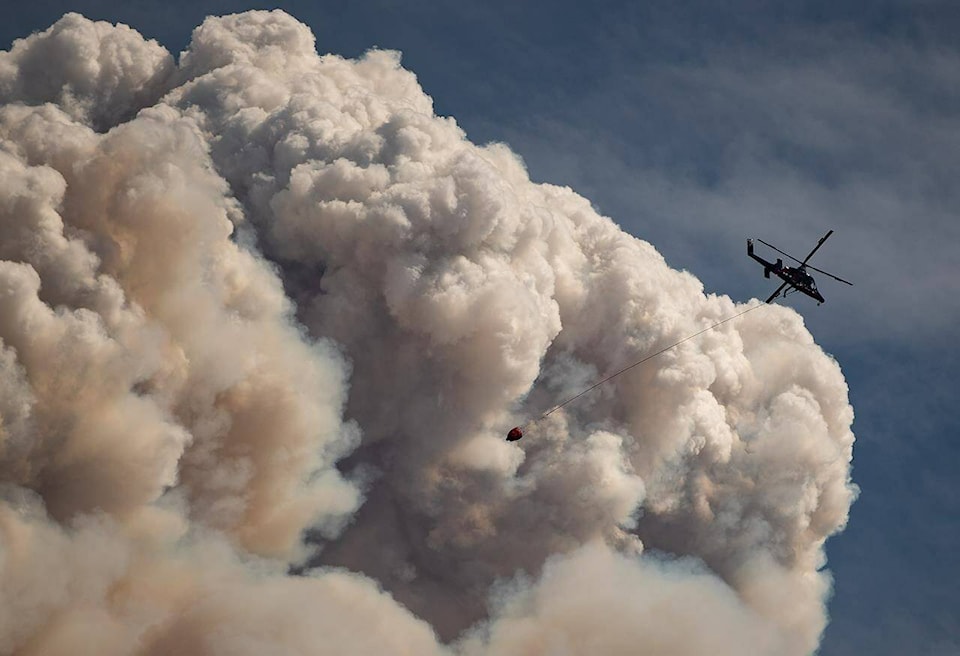By David Clements/Special to Langley Advance Times
I’ll never forget the intense heat as we drove across the Mojave Desert.
Knowing what temperatures awaited us, my family had loaded up with ice cubes, which served as our air conditioning.
RECENT COLUMN – GREEN BEAT: Early detection can help protect against invaders
I was just 11, and car air conditioning was not nearly as common back then.
The Mojave Desert is just south of Death Valley, Calif., which holds many of the world’s top heat records – including the hottest air temperature reported on earth of 57 ºC (135 ºF) in 1913.
On June 29, when the all-time record Canadian temperature of 49 ºC (121 ºF) was recorded in Lytton, B.C., the only place in North America that matched it was – you guessed it – Death Valley.
Like Death Valley, the Fraser Canyon – where Lytton is situated – is primed for heat extremes, with its relatively low elevation creating a heat sink during heatwaves.
RELATED: Damage estimate for fire-razed Lytton reaches $78 million
Also like Death Valley, it lies in the lee of coastal mountains, creating bone-dry conditions, and the dry conditions coupled with the hot winds that get sucked up the canyon can fuel wildfires.
And so it was in the terrifying aftermath of the record breaking temperatures of the June heatwave, that the entire town of Lytton was engulfed by flames on July 1 – with residents only given a few minutes warning to evacuate.
Many of the fires ignited around that time are still burning as I initially wrote this on Aug. 30. Of course numbers have subsided since, and the rains are helping.
There are 232 active wildfires including 17 fires “highly visible” or “posing a potential threat to public safety” like the massive 81,000 ha White Rock Lake fire between Kelowna and Kamloops.
The usual way to connect the dots between such extreme events and climate change is to say climate change “made it worse.”
This time an international team of 27 climate scientists went one step further.
RECENT COLUMN – GREEN BEAT: Beetle sighting evokes childhood memories for Langley scientist
In their analysis of the June 2021 heatwave in western North America, the authors declared that a heatwave of this magnitude was “virtually impossible without human-caused climate change.”
Behind “virtually impossible” were their calculations that this “one in 1,000 years event” would have been 150 times rarer in the absence of human-induced climate change, i.e., one in 150,000.
Referring to this incredible finding, and others, in a British Medical Journal opinion piece, Harvard MD Renee Salas and climate scientist Katharine Hayhoe had this advice for treating “the patient.”
“Our collective failure to respond in a timely manner has led to a bleak prognosis: a hazardous and even potentially fatal outcome for human populations globally… Without aggressive treatment, the IPCC [Intergovernmental Panel on Climate Change] projects a temperature increase of 2°C by around mid-century… But rapid and aggressive intervention can still limit warming to 1.5°C and avert the most dangerous consequences.”
Let’s hope we can prevent future “near Death Valley experiences” by working towards a healthier planet.
– David Clements PhD, is a professor of biology and environmental studies at Trinity Western University
.
Story tag
.
